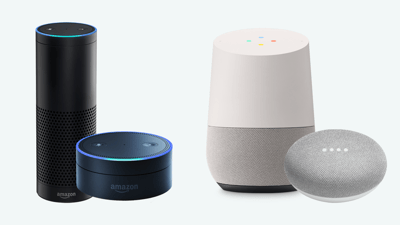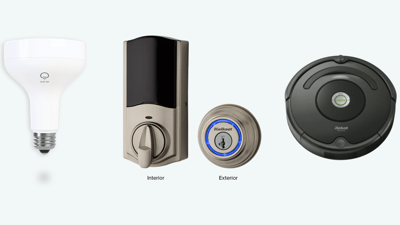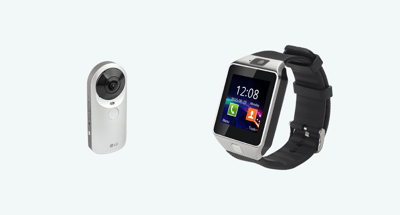Good morning! It’s going to be a mostly clear day and no rain is expected. You should take your medicine within the next 10 minutes. Your Care Outlook visitor will be arriving at 9 am and I have already turned on your hot water. Have a lovely day!
That’s the kind of smart message and artificial intelligence that is already accessible today. It uses technology that has the capability of transforming the lives of older adults and people with disabilities.
Smart homes are no longer a futuristic vision. Many homes already have systems like Google Home and Amazon Echo. They are voice-controlled speakers that connect to intelligent personal assistant services and act as control hubs for smart devices.

The voice-activated services include:
-
Help with answers to questions.
-
Playing music of your choice.
-
Current weather forecasts.
-
Reminders you can set.
-
Latest news and sport.
-
Calendar events.
-
Tools; such as recipes, and flight times.
You can also place telephone calls and dictate messages to be sent to contacts.
Independent and active lives
As well as their many practical benefits, the ability to communicate and gain a response from these systems can make a significant difference for someone who is alone for much of the time.
The smart devices they can control include:

-
Light bulbs and electrical plug points.
-
Heating thermostats.
-
Hot water systems.
-
Televisions and entertainment systems.
-
Door locks.
Other smart devices that are becoming more commonplace include:
-
Security cameras.
-
Video doorbells.
-
Smoke alarms.
-
Robotic vacuum cleaners
And that’s before you even consider the systems and devices that are being developed specifically for the elderly and people with disabilities.
The aim is to create a smart home that is embedded with smart devices and modern communication technologies. As well as improving the day-to-day lives of the occupants, the technology will facilitate monitoring of their overall health status and the home itself.
Smart homes will allow people to lead more independent and active lives and should help to reduce the frequency of visits to clinics and hospitals.
In future, it is anticipated the monitoring systems will even be able to detect and predict health problems. For example, a person at the early phase of Parkinson’s often makes small and shuffled steps. They may also experience difficulties in starting to walk, stopping, and turning.
This could be picked by a monitoring system and automatically reported to the individual and / or their nominated health care providers.
The technologies already available to make this kind of smart home possible include:

-
Smart textile clothing.
-
Wearable devices, such as a smart wristwatch.
-
Cameras and motion sensors.
For example, motion sensors could detect if there is no subsequent movement after someone enters a room followed by a sudden motion. That would indicate a fall and could trigger an alert to be sent. Or an alarm could be raised if someone enters a bathroom during the night but isn’t detected leaving the room within a set period of time.
Monitored while in bed
Monitors can also sense when someone has got out of bed and is moving around during the daytime. This would send a positive signal that all is well.
People can even be monitored while in bed, following sleep patterns and night-time movement. The systems can also, for example, detect a heart attack while someone is on their bed or sleeping. It can immediately inform health authorities. Smart chairs and other intelligent furniture can have similar functionality.
The smart technologies of today and tomorrow help people to remain safe in the home, while giving them increased independence.
As care givers, we will never be replaced by what is known as "assistive domotics”. However, the automation technology used by the elderly or disabled in our care will improve the quality of their lives and help us, too, particularly through the monitoring and alert systems.
And, for someone who is home alone, you can imagine the simple pleasure that can be gained from even the smallest things. For example, a familiar voice saying “Good morning” and perhaps followed by their favourite tune.
Smart homes really can transform lives.
Have you downloaded our latest guide that covers what you'd learn on our industry leading training course? Click below!






